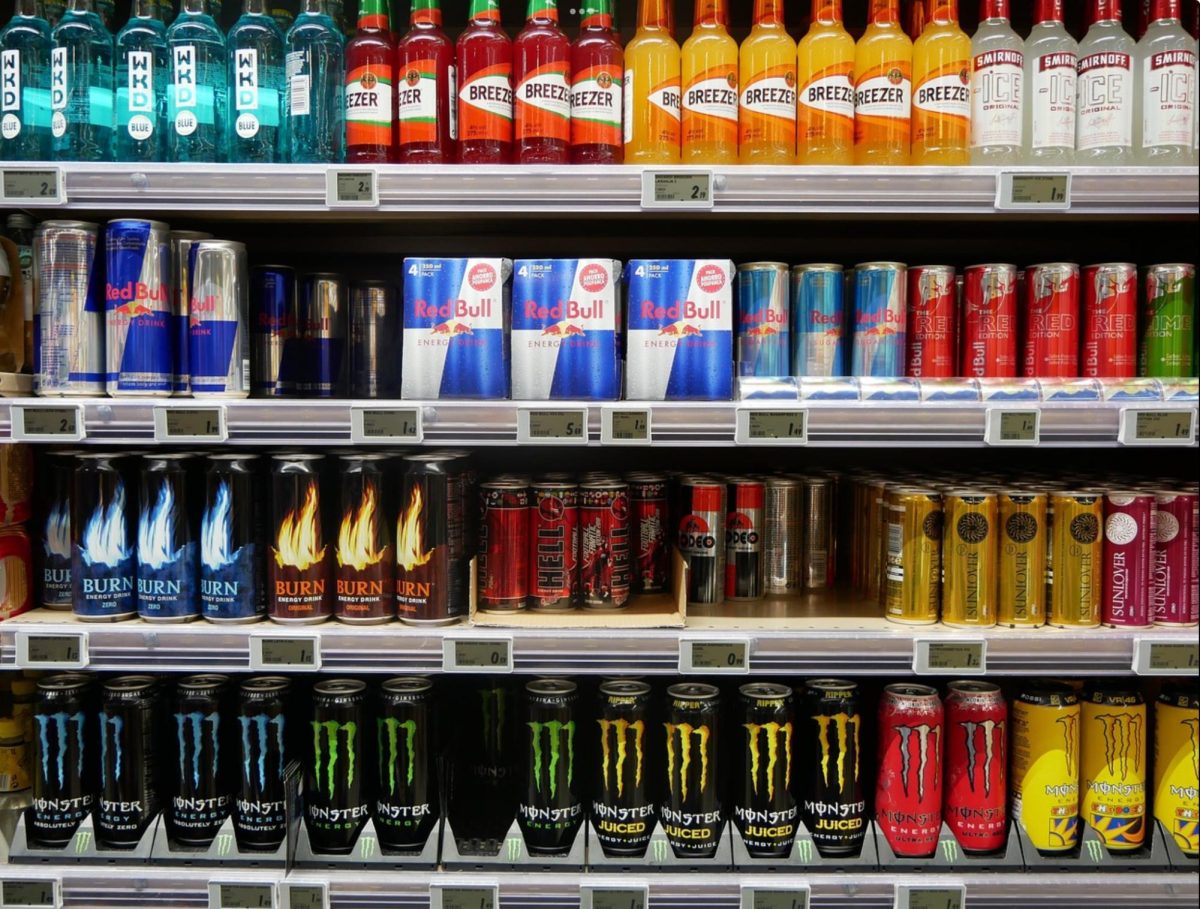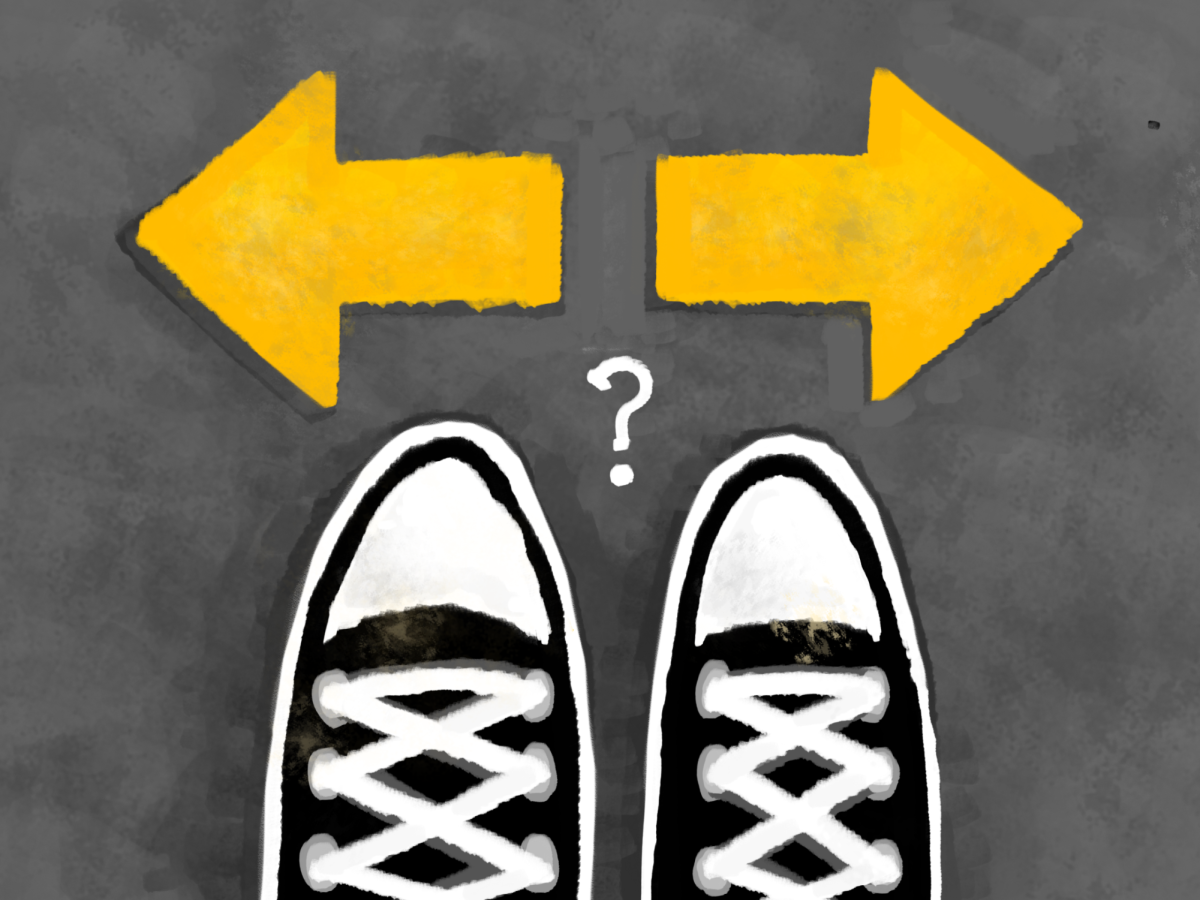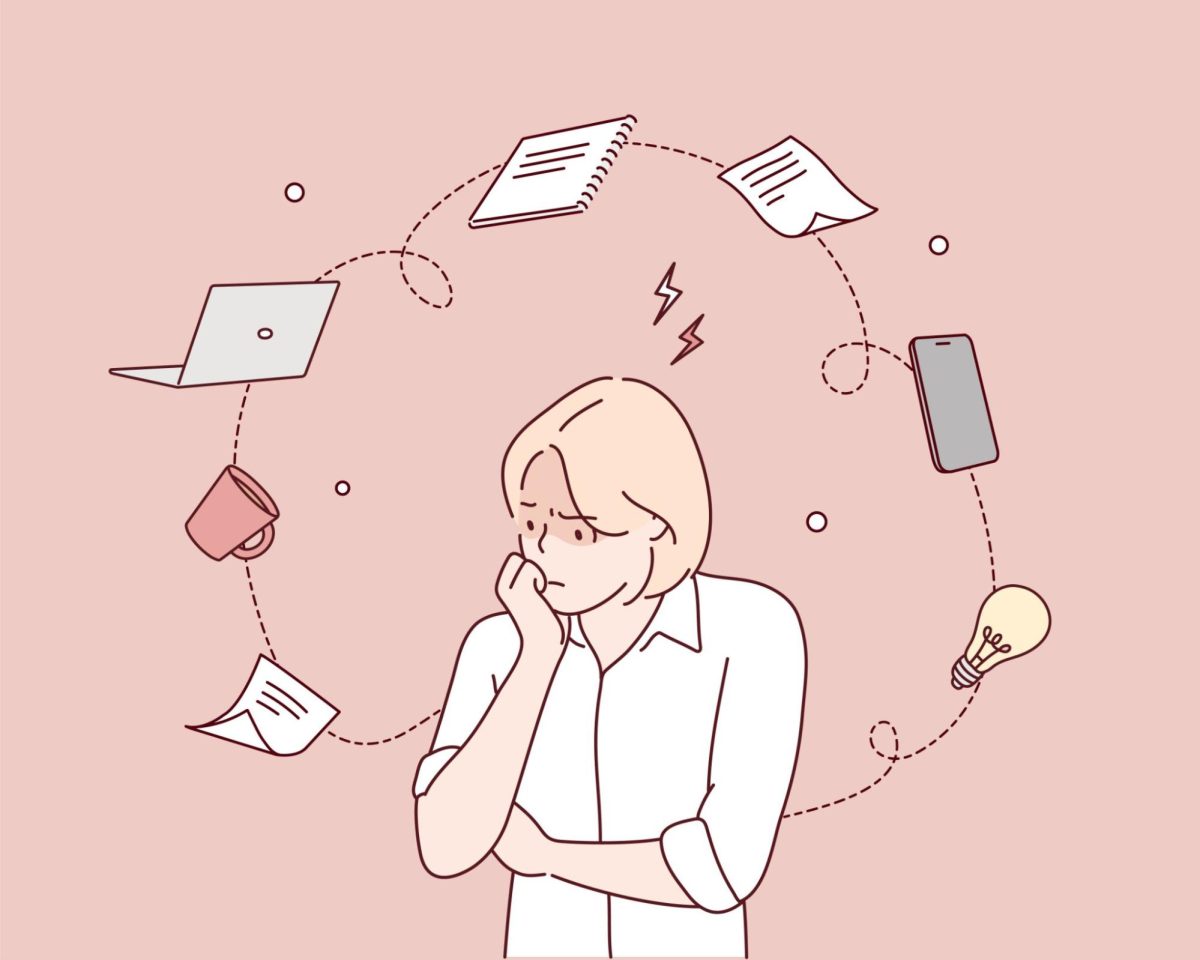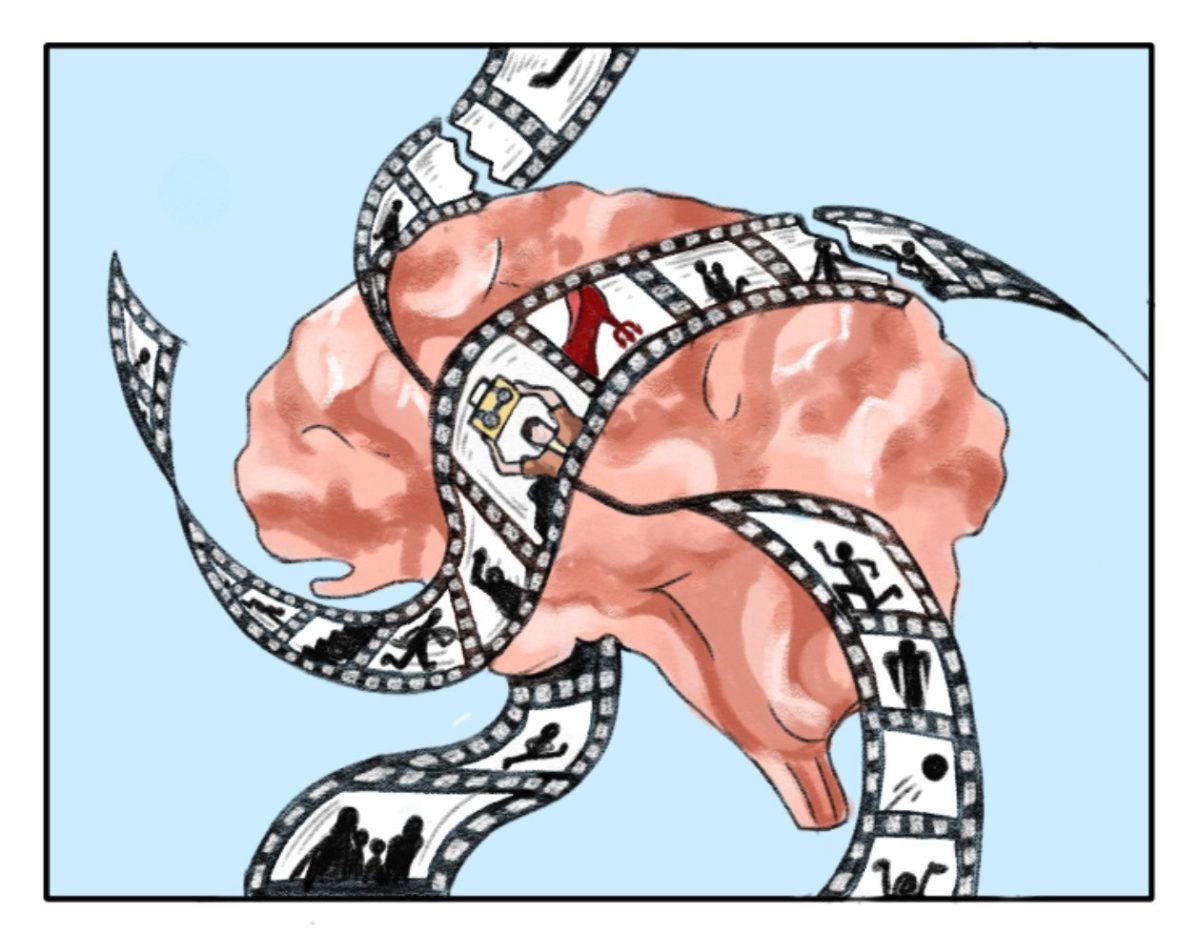What with Hurricane Sandy, the Nor’easter, and our February blizzard, you might be wondering why the weather’s gone wacky. Well, scientific studies suggest that storms are expected to increase in frequency as our globe warms, which means—yes—the culprit is likely climate change.
Even though a number of climate change non-believers still exist, science has overwhelmingly found that climate change is real and stems at least partially from anthropogenic roots, meaning that human activity has had a hand in it. As put by former governor Arnold Schwarzenegger, “If 98 doctors say my son is ill and needs medication and two say, ‘No, he doesn’t, he is fine,’ I will go with the 98. It’s common sense—and the same with global warming. We go with the majority, the large majority.” Examining data from glacial ice melting, atmospheric gas content, and oceanic movement, 98% of climate scientists agree that climate change is real and is happening.
But aside from climate change, our world faces a number of other environmental problems. Perhaps most relevant to us here on Long Island is aquifer depletion. All of Long Island’s water supply comes from groundwater aquifers, freshwater reserves that were formed in ancient times. Every day, about 450 million gallons of water are pumped from these aquifers. Water parks, broken fire hydrants, and pools included, that’s about 150 gallons per person per day. And as more and more freshwater is drained from our aquifers, it’s replaced by salty ocean water. Obviously, we can’t drink seawater—we’re going to have to reduce our water consumption in order to save our water supply.
So what can you do to help? Contrary to popular belief, going green doesn’t mean you have to uproot your life entirely. Going green can be as simple as choosing an environmentally-friendly alternative when you go to the store. It can be as simple as remembering not to let the faucet run, opting for a reusable water bottle, or deciding to carpool with a friend. You can take shorter showers, change your incandescent light bulbs for fluorescents or LEDs, put on a jacket instead of turning up the heat, and remember not to leave your cell phone charger plugged in when you’re not using it. There are a number of easy changes you can make to reduce your environmental impact.
Our school has already made some changes, too: the soap in the bathrooms isn’t chemically harmful, some district schools have solar panels, and we’re slowly transitioning to using biodegradable lunch trays. Not to mention, there are recycling bins in every single hallway and almost every classroom—bins that we gently remind students to use. In many cases, school recycling bins are located beside trashcans, so the decision to recycle shouldn’t be hard at all. Fortunately, our school also participates in a program by Aveda, which takes bottle caps and recycles them into new ones for shampoo and lotion bottles. There’s a bottle-cap recycling bin in the front lobby, so your caps can be recycled too. (We at The Southerner understand that there’s been some concern that custodians don’t actually recycle what is placed in the recycling bins, but you’ll be happy to find that all recyclables go in a separate, special dumpster at the back of the school and are picked up every week.)
And don’t forget, going green is a community effort. Environmental problems don’t affect just one person—they affect our whole school and our whole community. Everyone has to care enough to take action.
Categories:
It Is Easy Being Green
April 3, 2013
0
Tags:
More to Discover













